We saw wacky fashion and chocolatey decor at the Magnum Party, but what was it all for?
A party themed around surrealism holds so much potential; diving into the fantastical, playing with eccentricities and going utterly, completely wild. In its recently held party in Karachi, ice-cream brand Magnum availed itself of these possibilities.
A surrealist theme was whisked together with references to Salvador Dali, a predilection for ‘artistic indulgence’, sartorial attempts at ‘art meets fashion’ and heavy doses of chocolate. The result: a party that buzzed.
Read on: 8 'surreal' moments from the Magnum Chocolate Party last night
Room for decadence?
A ball gown splayed out at the entrance lead to décor that traversed fifty shades of brown – and then some. At the gallery curated by Canvas Gallery’s Sameera Raja, there was art on the walls, a live installation by Natasha Jozi and live sculptures, that is, people wearing bird cages, bright colours, chocolate-coloured pipes and glittery skirts, among other wacky attire.

This exhibition caught the eye, but other elements of the party weren't as great in taste. For instance, the man in the chocolate bath may have indicated decadence but in the world we live in, do we really need to be so proudly decadent? And can’t the décor refrain from ridiculing food?

Much more tasteful was the dessert table, where Yum by Amna had crafted Dali-inspired chocolate sculptures; gigantic eyes and faces amidst a spread of chocolate delicacies and the requisite ice-cream bars of course.

The show that proceeded featured dance, fashion and celebrity appearances. Ali Zafar created live art on stage, Wahab Shah danced with his troupe and Joshinder Chaggar swirled in luminescent white.
Fashion's foray into fantasy
The designers for the fashion sequences were chosen well: Shamaeel Ansari, Faraz Manan, Ali Xeeshan and Nilofer Shahid, each with very disparate signatures and a leaning towards artistry. The NPro team rose to their surreal assignment quite adroitly – the models wore glitter, gold and exaggerated eye make-up.
“It was exciting to delve into fantasy because as designers, we often have to curb our creativity in order to think wearability,” explained Ali Xeeshan.
Typically, Ali played up the theatrics; a fake rooster slanted atop the designer’s head-piece. Needless to say, his concept of ‘wearability’ is often very different from that of the rest of the world.

But then again, Magnum wasn’t really aiming at wearability at all. If the aim was to create hype and get cameras whirring, then the fashion on the runway managed to do so. Last year's collections may have been criticised for being ‘too palatable to wear’, but this year's surrealist theme made clear that the fashion was merely making a statement.
Shamaeel Ansari, for instance, strayed from her quintessential embroideries to focus on structure, drapery and sharp cuts. There were handmade florals as well as real flowers stitched on as embellishments and strips of suede falling off an exaggerated steel-wired dress.

What was interesting was the way the Shamaeel molded her designs to make obtuse references to chocolate; fabric was tweaked into draped swirls to resemble white chocolate, cow-hide was surface treated to have a white and coffee velvety texture and the strips in the finale dress flowed much like chocolate. This was Shamaeel the way one has always loved her; boldly feminine and artistic.
In contrast, the last capsule by Nilofer Shahid hardly made any allusions to chocolate but rather, dedicated itself to the works of Dali.

“Dali’s work has ingenious bizarre elements and his understanding of human suffering is beyond the ordinary man’s vision. I agreed to design the collection simply because I knew I would enjoy the challenge,” says Nilofer.
Garment by garment, Nilofer told her story. Nadia Hussain was the ‘Face of War’; walking in with Maleficient-like horns and a skull on her head, wearing a body suit with serpentine bejeweled embroideries, depicting the lust for worldly objects. Armored sleeves indicated man’s willingness to fight for his worldly gains and a trailing cape featured animal skins and bones and a burnt world map in the lining.

The soul in conflict was shown with fabric, straddled with strings. A single leg stood shackled in an army boot and the other was left bare. The flowering of the soul was symbolic in a trailing gown in light blue with a large rose, reminiscent of Dali’s ‘The Meditative Rose’, stitched in the front. And the final, completely purified soul was a baby – plastic, of course – held by a white-haired Amna Ilyas draped in off-white cotton.
It was easily the most-talked-about collection of the night; dramatic, laden with symbolism, true to art – quintessential Nilofer.
For once, Ali Xeeshan didn’t have the most theatrical collection. His ‘Magnum fantasy’ was swathed in multiple layers of sequins inspired by the gold wrapper of the ice-cream bar, accentuated by embellished wings and a diaphanous veil. Much more surreal than the pretty clothes was Ali’s infamous rooster head concoction.

Faraz’s designs, similarly, were more pretty than ostentatious, much more wearable and typical to the designer’s ethos. Gold, worked with smatterings of sequins, was shaped into a trailing long coat, shimmery pants, a gown and a delicious short dress with shades of gold falling in layers.
So what's it all for?
With so much to offer, the party was a success, no doubt; probably helping manifold in building Magnum’s aspirational image. As Farheen Salman, Director of Food and Beverages at Unilever, had observed a day before the event, “Events like these build what we call ‘consumer stickiness’. Consumers identify more easily with the brand and it creates a long-term customer-base.”
And yet, the Magnum party took place at a time when the Prime Minister was making an all-important address on television, indicating that the country was on the verge of war. Later, Sameera Raja commented to me, “It can’t get more surreal than this.”
It brought to mind the stark difference between media’s shiny bubble and the reality that persists outside. Shehryar Khurshid, the Director at Wall’s, Unilever Pakistan had told me about how the group has projects where they distribute Magnums to children in orphanages and low-income communities. “We believe in philanthropy but we don’t believe in blowing our trumpet about it,” he had said.
The Magnum party took place at a time when the Prime Minister was making an all-important address on television, indicating that the country was on the verge of war. Later, Sameera Raja commented to me, “It can’t get more surreal than this.”
But then, if it is alright to celebrate decadence and indulgence in a struggling, third-world country, shouldn’t philanthropy also be highlighted, if not to win over customers, then to set an example for others?
The Magnum party was great fun – and should it become an annual celebration, it may just raise the bar for other events. It will also augment the ice-cream’s image as a luxury, premium product.
But Magnum also needs to talk about giving back to society rather than just host society high-fliers. Every brand in Pakistan needs to do it, in fact, even as they invest budgets into fashion and try to gain mileage from its veneer. It’s a surreal world we live in, after all.





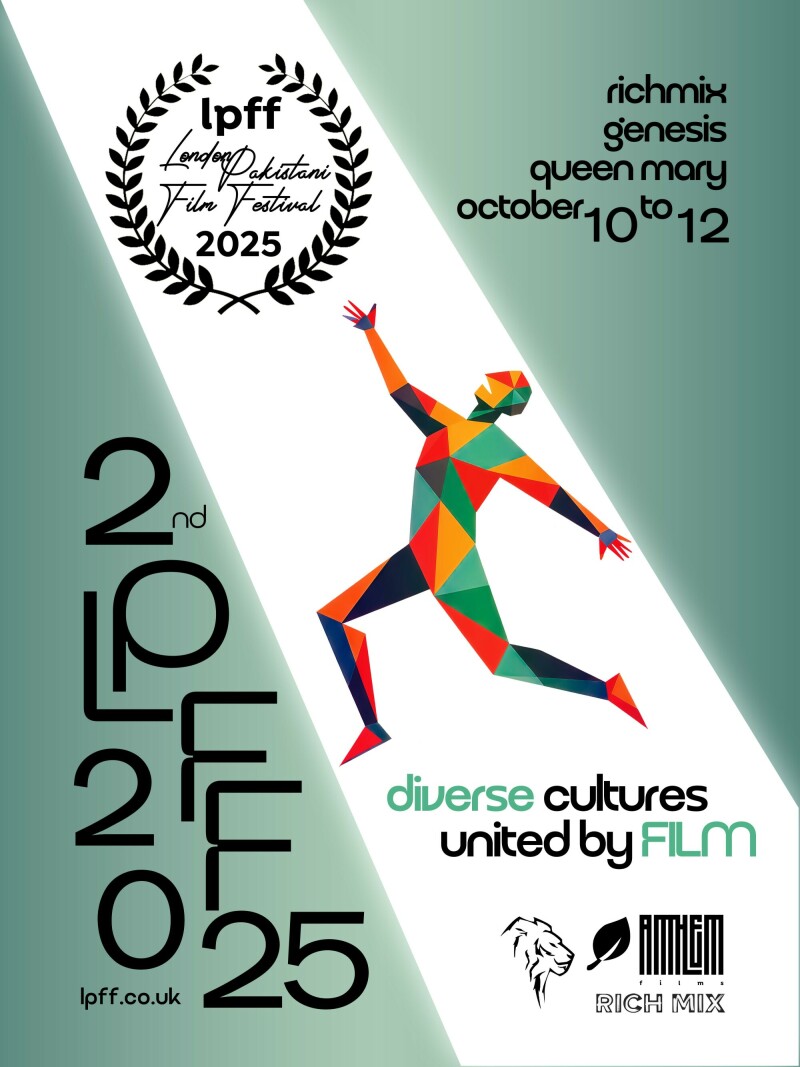

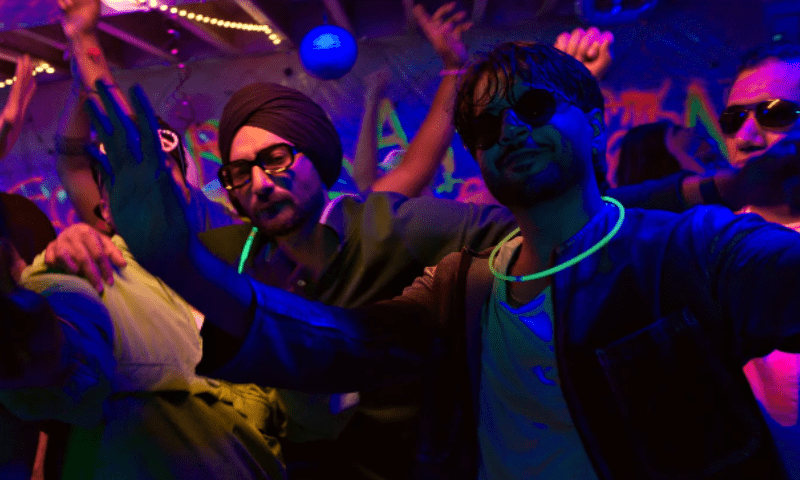
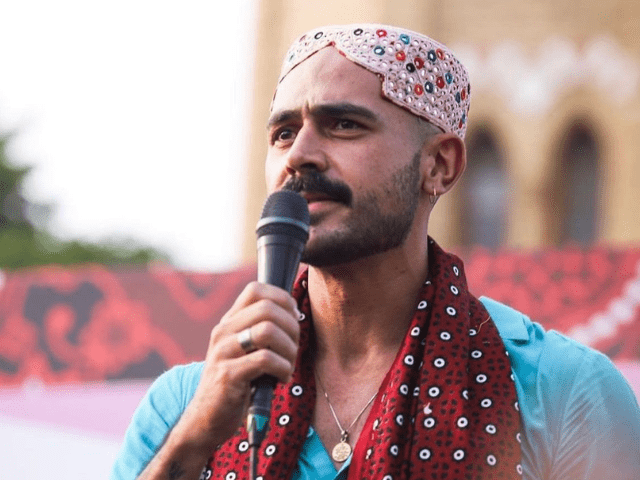
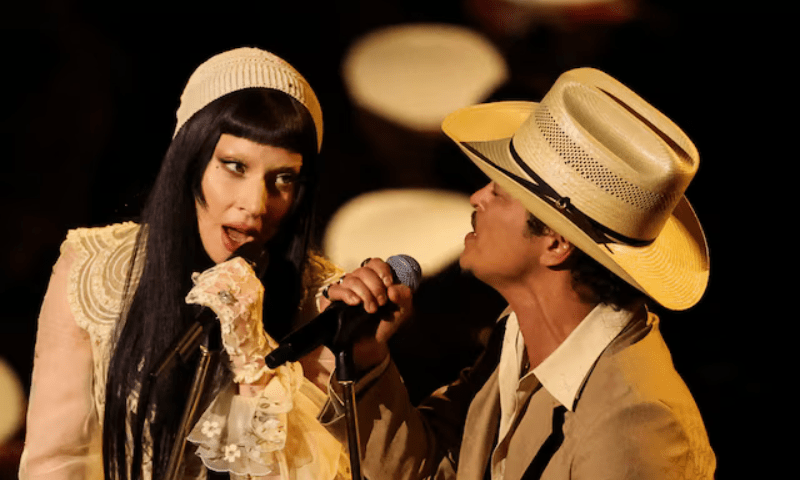

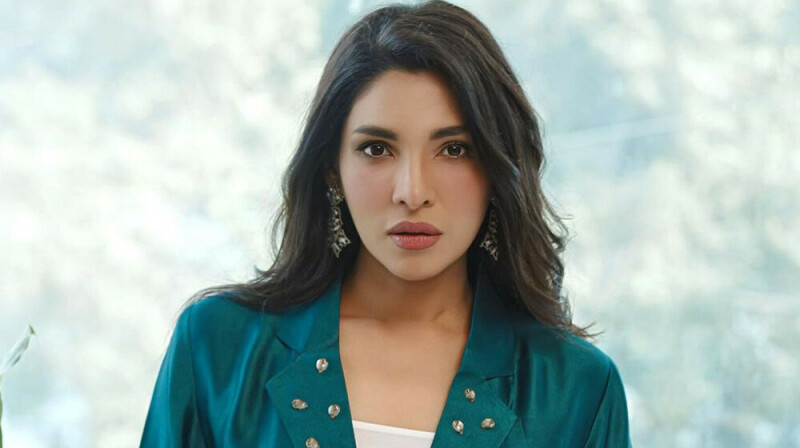
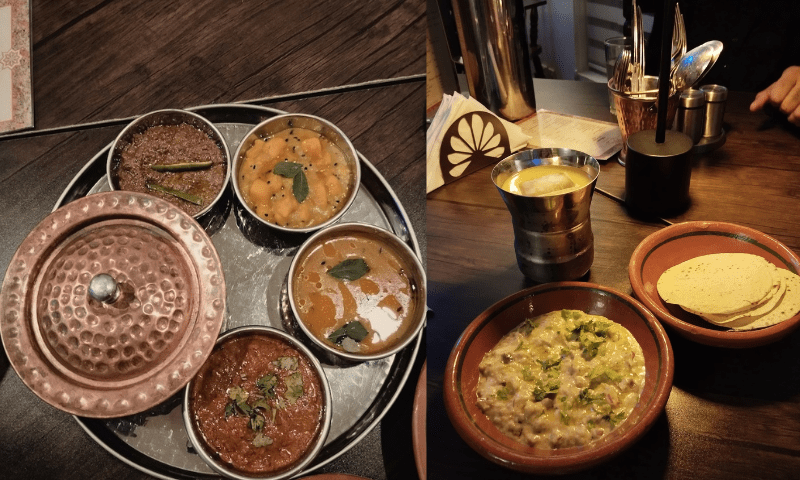

Comments